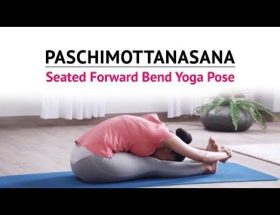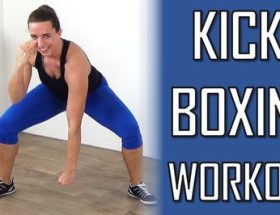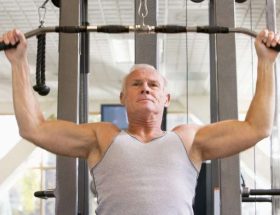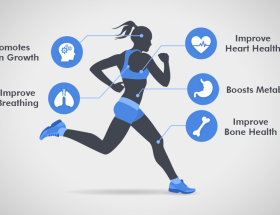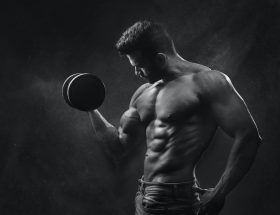When it comes to yoga, there is a multitude of styles to choose from. Each style offers unique benefits, and it’s important to find the one that suits your preferences and goals. In this article, we will explore some of the most popular yoga styles, including Hatha, Vinyasa, and more. Let’s dive in!
Hatha Yoga
Hatha yoga is one of the oldest and most traditional forms of yoga. It focuses on aligning the mind, body, and breath through various asanas (postures) and pranayama (breathing exercises). Hatha yoga classes typically move at a slower pace, allowing practitioners to hold poses for an extended period and focus on proper alignment. This style is perfect for beginners as it provides a solid foundation for further yoga practice.
Vinyasa Yoga
Vinyasa yoga, also known as “flow” yoga, emphasizes the seamless transition between poses by linking movement with breath. The practice is dynamic and energetic, making it a fantastic choice for those who enjoy a more vigorous workout. Vinyasa classes often involve a series of sun salutations, various standing and seated poses, and a final relaxation. This style is great for individuals looking to build strength, flexibility, and improve cardiovascular health.
Ashtanga Yoga
Ashtanga yoga is a physically demanding and disciplined practice that follows a specific sequence of poses. It involves synchronizing breath with a progressive series of postures, creating a flow of movement. Ashtanga is known for its vigorous nature and is often practiced as a fast-paced, intense workout. This style is ideal for individuals seeking a challenging and structured practice that promotes endurance and focus.
Bikram Yoga
Bikram yoga, also known as hot yoga, is practiced in a room heated to approximately 105 degrees Fahrenheit with a humidity of 40%. It consists of a set sequence of 26 postures and two breathing exercises. The heat and humidity aim to enhance flexibility and detoxify the body by promoting profuse sweating. Bikram yoga is suitable for those who enjoy a demanding physical practice and can tolerate high temperatures.
Iyengar Yoga
Iyengar yoga is a meticulous and detail-oriented practice that focuses on alignment and precision. Props such as blocks, straps, and blankets are often used to assist practitioners in achieving proper alignment and understanding the subtleties of each pose. Iyengar classes move at a slower pace, allowing individuals to explore the poses deeply and refine their practice. This style is beneficial for individuals who prefer a methodical and therapeutic approach to yoga.
Kundalini Yoga
Kundalini yoga aims to awaken the dormant energy, known as Kundalini, that resides at the base of the spine. This style combines dynamic breathing techniques, movement, mantra chanting, and meditation to stimulate the flow of energy through the body. Kundalini yoga is often referred to as the “yoga of awareness” and is suitable for individuals seeking a spiritual practice that promotes self-discovery and inner transformation.
Restorative Yoga
Restorative yoga is a gentle and soothing practice that focuses on relaxation and stress relief. It involves the use of props such as bolsters, blankets, and blocks to support the body in various comfortable poses held for an extended period. Restorative yoga helps the body and mind unwind, promoting deep relaxation and healing. This style is perfect for individuals looking to reduce stress, relieve pain, and restore balance.
Conclusion
With so many yoga styles to choose from, there is something for everyone. Whether you prefer a vigorous and dynamic practice or a gentle and restorative one, the key is to find a style that resonates with your needs and goals. Remember, the practice of yoga is a journey, and exploring different styles can enhance your overall experience and benefit your physical, mental, and spiritual well-being.


